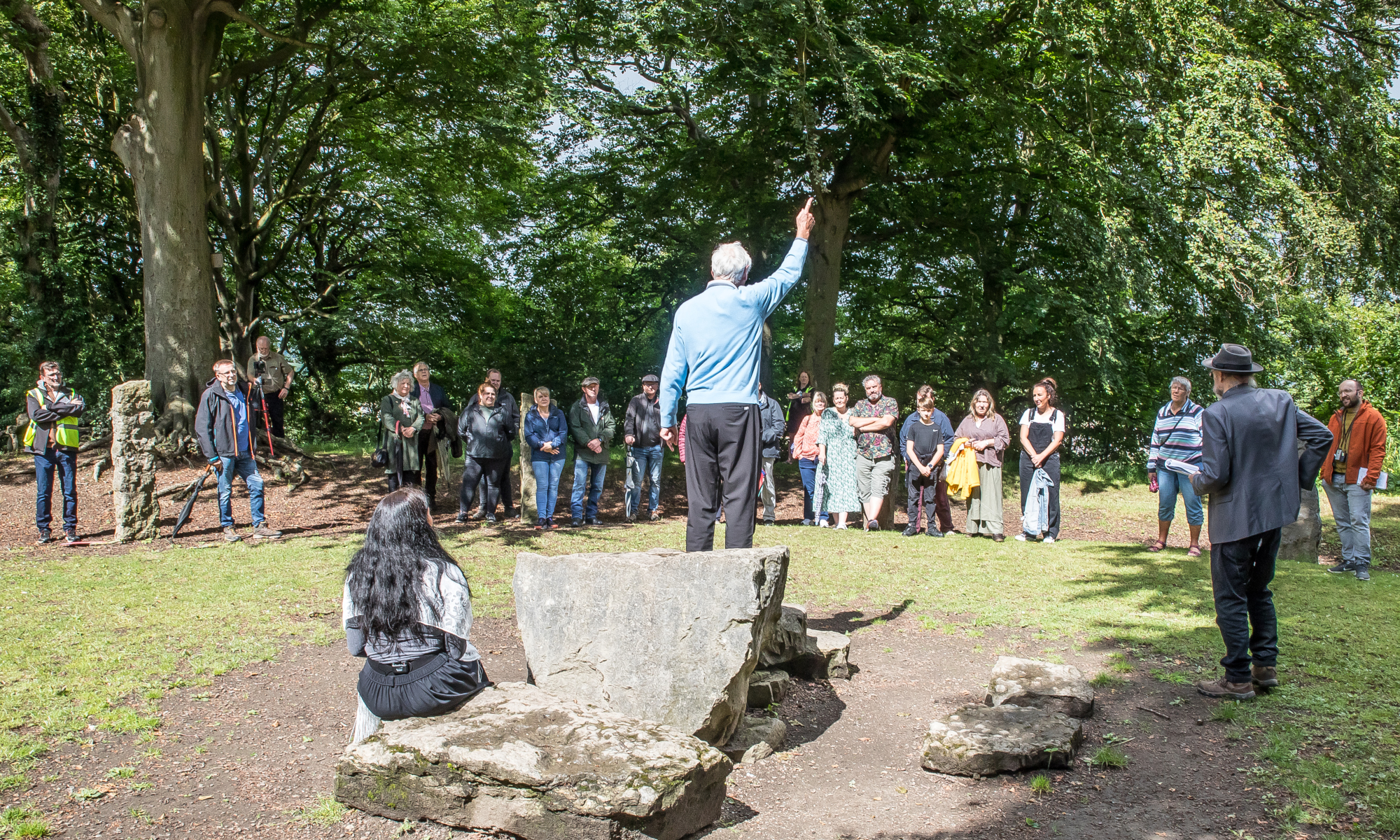Now that the impact of the pandemic has subsided theatre faces a new threat. The Cost of Living Crisis. A recent survey carried out by The Audience Agency revealed that a whopping 92% of UK theatre-goers intend to cut back on their leisure spending. Up and down the country culture buffs are saving money by going out less. They are also traveling less to events, preferring to stay local. There is also a decline in upselling. Audiences are spending less at theatre bars and on merchandise. All this means that the recovery of theatre audiences to pre-pandemic levels has been slow. Much much slower than expected.

Here are seven great reasons why street theatre can help buck this trend.
It’s Outside
This might seem like an obvious thing to say, but this is an important factor. One thing the pandemic seems to have increased is the public’s love of the great outdoors. In fact, the survey found that outdoor events were one of the exceptions to the downward trend in leisure spending.
It’s Cheap
Usually, street theatre is either free if it’s part of a street cultural event. Sometimes it’s a case of ‘pay what you can afford’ if you’re watching a busking show. Seems obvious, but what about a ticketed event? Well, your average busking show is minimal. It’s limited to what one person can carry. It has been called an ‘instant gig’. So if like us, you adopt this instant gig approach then production costs are reduced. These savings can be passed on to cash-strapped theatre-goers.
It’s local
If the language of street theatre lends itself to reduced overheads, it also makes it more portable. Large theatre buildings cannot travel to local communities. Small-scale outside theatre productions can.
It’s popular
Other studies by Audience Survey have shown that before COVID theatre was a niche activity. A mere 15% of the population regularly (more than two times a year) went to the theatre. Street theatre appeals to all sections of society. It has to. The average street theatre performer starts a show not knowing who will turn up and watch. They have to cast their net wide so to speak. The language of street theatre can really widen the appeal of theatre in it’s broadest sense.
It’s an experience
These studies also show that modern (especially younger) audiences tend to enjoy immersive ‘experiences’ rather than passive performances. Street theatre relates directly to its audience. Its dynamic and interactive style makes it an experience rather than a performance. It’s best placed to win with this new audience.
It’s adaptable
All the points discussed above make street theatre-based performance very adaptable. It’s able to mix with and complement other types of live experiences. For example, outside heritage events and venues are also bucking the post-pandemic trends. Street theatre is well placed to add to visitor experiences like this.
It’s fun!
At the end of the day the whole joyous, immersive, interactive, over-the-top, ‘flying by the seat of your pants’ energy of street entertainment is just plain fun! and who doesn’t like having fun? It all makes the language of street theatre a wonderful way to re-energize UK theatre, and broaden its appeal.
Mike How is the Executive and Artistic Director of Grass Under Foot

